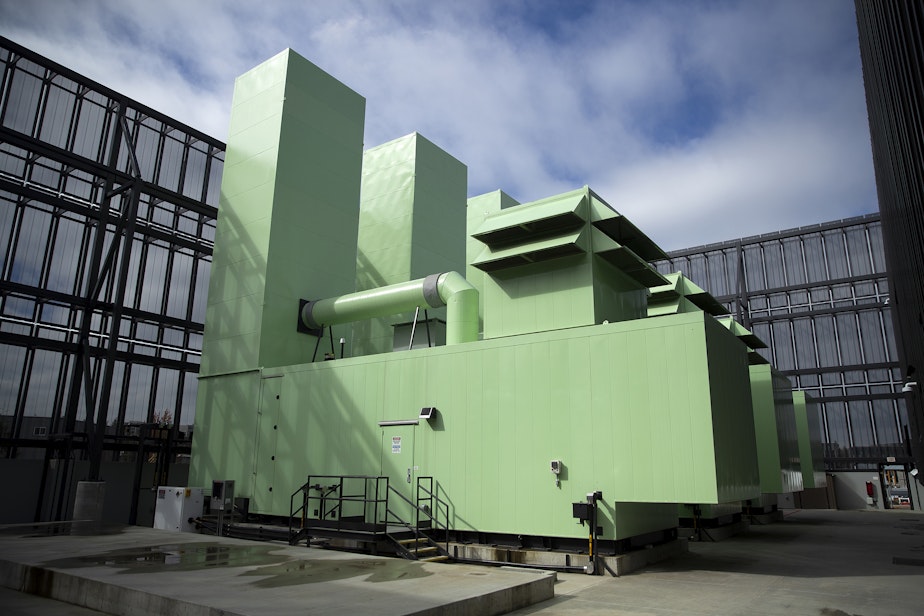Microsoft’s carbon emissions surge despite goal of becoming ‘carbon negative’ by 2030

Microsoft's latest sustainability report card, released Wednesday, reveals a sobering reality: the artificial intelligence revolution is undercutting the tech industry’s efforts to decarbonize.
Microsoft has some of the most ambitious sustainability goals of any company. It has pledged to become “carbon negative” by 2030 and eventually remove more carbon from the atmosphere than it has emitted since its founding in 1975. But according to the latest sustainability report, Microsoft’s overall emissions increased by at least 29.1% since 2020.
In the report, Microsoft said the increase in emissions “primarily comes from the construction of more datacenters and the associated embodied carbon in building materials, as well as hardware components such as semiconductors, servers, and racks.”
Those datacenters power ChatGPT, the popular generative AI chatbot created by Microsoft partner OpenAI. Microsoft is also a leading developer of artificial intelligence, which it is increasingly building into its workplace productivity tools.
In an interview with KUOW last fall, Microsoft Chief Sustainability Officer Melanie Nakagawa said AI is as much a solution to climate change as a driver of it.
“When we think about AI, it’s two sides of the ledger," she said. "One is what it takes to build an AI system, and on the other side of the ledger, what can that AI system do to accelerate sustainability?”
Sponsored
It’s a common refrain in the tech industry. Companies developing AI systems expect them be powerful tools for research and innovation to solve the climate crisis. But in the meantime, it takes a lot of electricity to train and run AI systems. One researcher estimated the energy needed to answer queries from ChatGPT's estimated daily users could power 30,000 homes a day.
Microsoft breaks out its emissions into three categories. Scope 1 and 2 include Microsoft’s direct emissions, like the electricity the company uses to heat office buildings. Those have seen a modest drop since 2020 of 6.3%. But Scope 3 which Microsoft calls, “indirect emissions,” increased by 30.9%. That category includes emissions from “all other activities” in which Microsoft is engaged, like building datacenters and business travel.
Although the report looks like a step backward for Microsoft, the company says it is still on track to become carbon negative by 2030. That’s largely because Microsoft is a major buyer of carbon offsets, environmental projects that capture carbon from the atmosphere in the hopes of balancing out pollution. Microsoft purchased just over 5 million metric tons of carbon removals in the last fiscal year to balance out its emissions over that time period.
It’s often simpler for companies to use offsets to meet their carbon reduction goals, rather than decreasing the amount of carbon they’re emitting. But climate scientists have cast doubt on whether offsetting actually cancels out emissions.
In the report, Microsoft said it is making more progress toward other sustainability goals, like reducing waste and investing in clean energy technologies. It also launched a company-wide initiative to try to solve its rising emissions problem.




